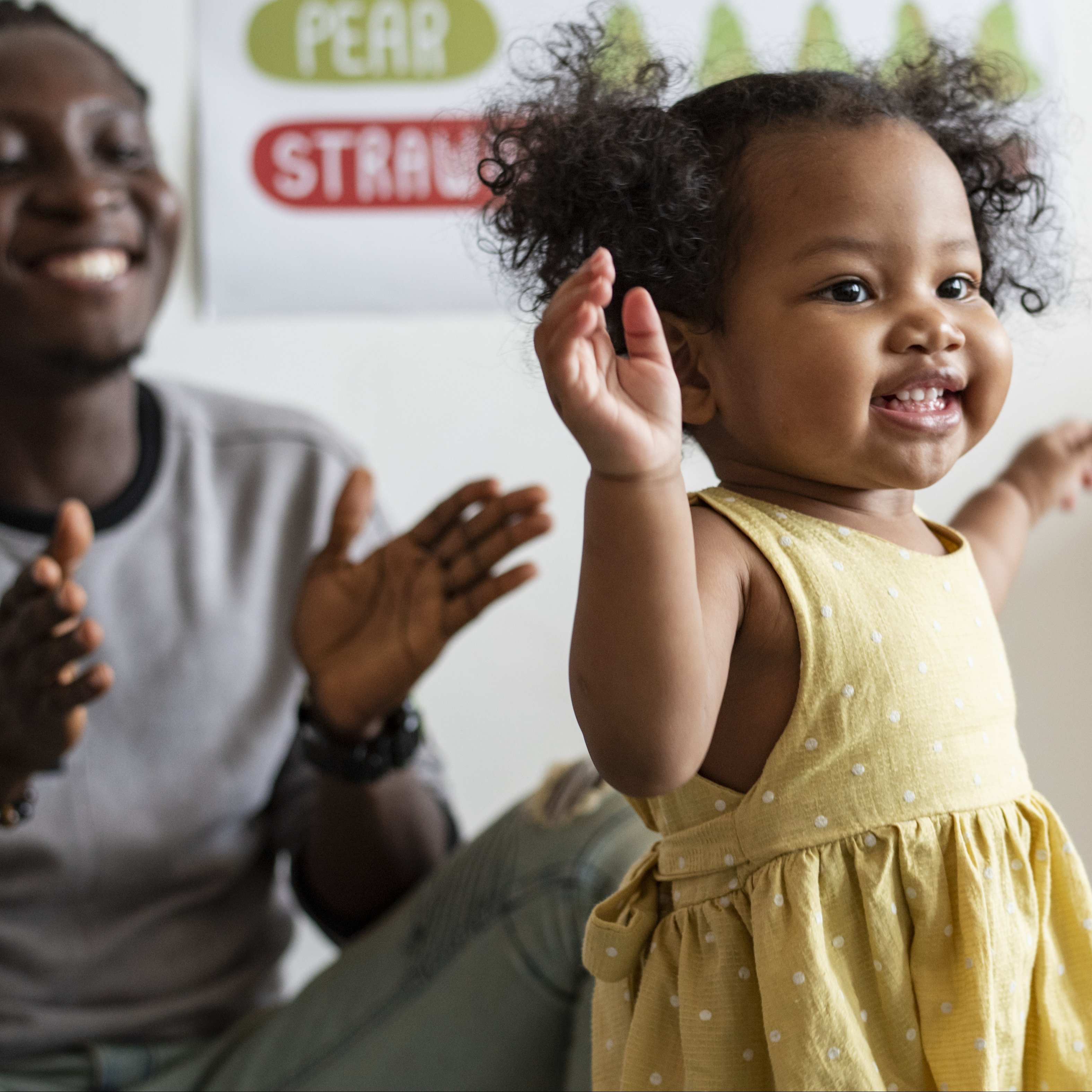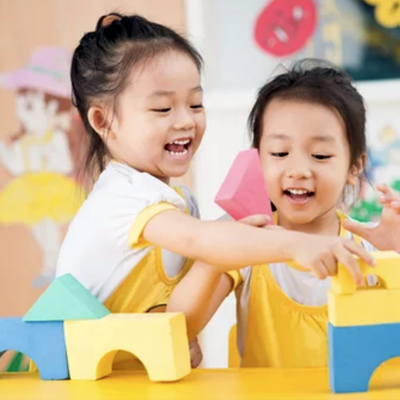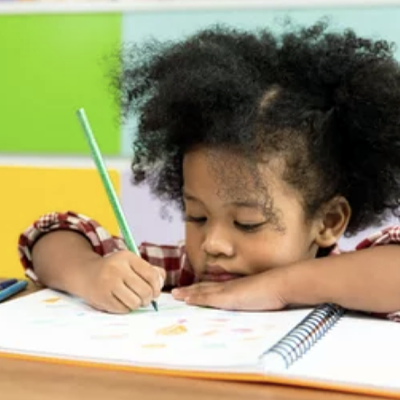LENA’s 14 Talking Tips show simple ways to increase conversational turns. Engage children throughout the day — any time is a good time to talk!
 Hide and Seek Discovery Ball
Hide and Seek Discovery Ball
Explore spatial relationships, colors, and sounds while building dexterity.
- Select other objects and items to compare size. What else fits inside the ball?
- Use vocabulary that supports a position of the smaller balls in relationship to the large ball. The green ball above, the blue ball is inside, next to, behind, etc.
- Hide the smaller balls around a play area, encourage children to find them by color.
























